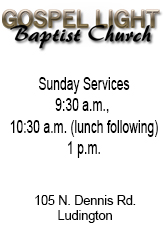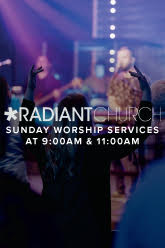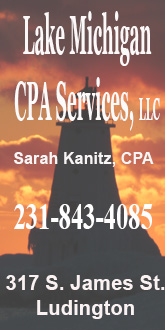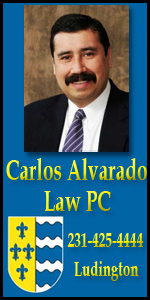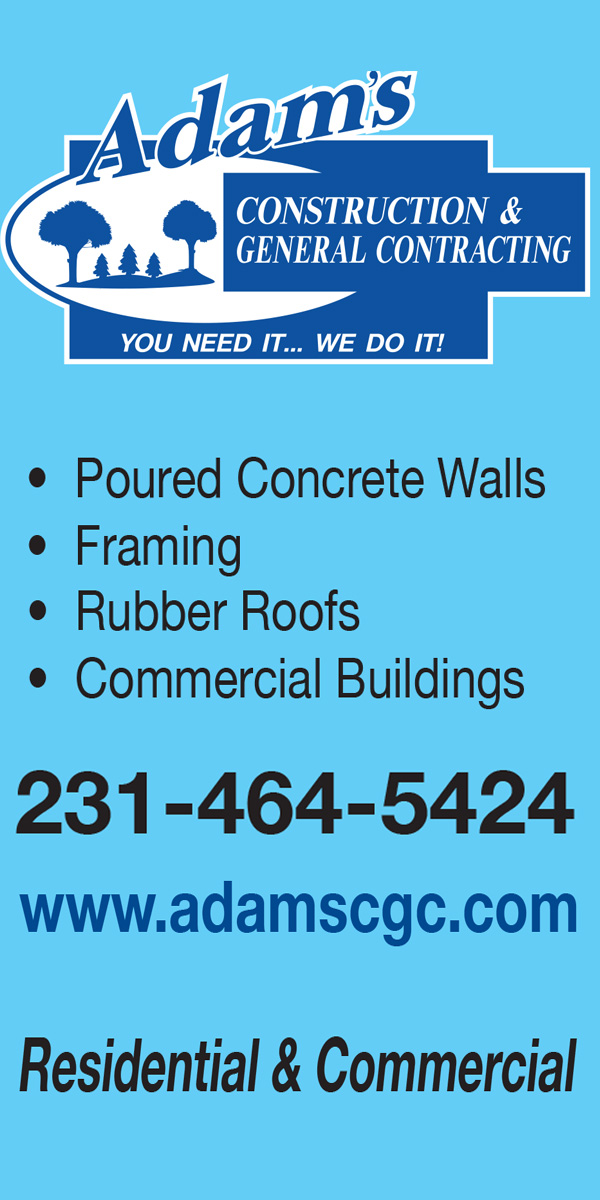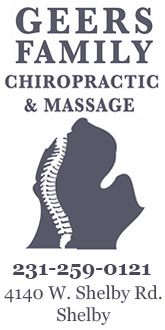By Allison Scarbrough, Editor.
SHELBY — Shelby Public Schools has not had any major building improvements in over 20 years, and officials have placed a bond proposal on the ballot Tuesday, May 4, that will address critical building needs including the construction of a new elementary school.
“Historically, the district has been very fiscally responsible, very financially responsible, with its debt and we’ve continued to refinance and pay those debts off,” said Superintendent Tim Reeves. “We’re almost to a point where we’re at zero. What we’re asking for is 3.64 (mills).
“We have been able to maintain our facilities for many years,” said Reeves. “Now, we are at a point that we need to make updates throughout the district that will impact current and future Shelby learners. These updates will provide for safer, more secure learning environments with needed infrastructure updates.”

A key component to the project is “centralizing all of our learning into one campus,” the school leader said. K-3 students currently attend Thomas Read Elementary, and fourth and fifth grades are housed six miles to the south at New Era Elementary. This creates bussing and scheduling issues. “There is a lot of shuttling that has to happen.
“We’re bottlenecked by our 4-5 elementary building that is out on the fringe in New Era.”
Transportation is also an issue around the “landlocked” Thomas Read K-3 building, said Reeves.
“It would alleviate those problems,” said Reeves. “Not to mention both of those buildings are in need of some major safety upgrades.”
The district, which has an enrollment of approximately 1,200 students, operates four school buildings ranging in age from 24-66 years old with the high school as the newest building constructed in 1997, said Reeves.

In addition to a new elementary school that would be constructed north of the high school, the proposal calls for transitioning the current elementary school — Thomas Read and New Era — to early childhood and community resources facilities. Also included in the proposal are renovations to the high school and middle school buildings.
If approved, the bond proposal would generate $33,000,000 for district-wide improvements.
The proposed project list can be viewed at www.shelbypublicschools2021.com.
A recent facilities assessment identified specific systems that have exceeded their expected life cycles, such as roofing and flooring.
Project details:
New K-5 elementary school: modern school safety measures, new classroom furniture, new educational technology such as audio/visual equipment and projectors and new age-appropriate play areas.

Early childhood center and Thomas Read Elementary: create a secure building entrance, reconfigure existing office, partial demolition of the north wing to improve traffic flow, gymnasium improvements, classroom furniture replacements and parking lot improvements.
New Era Elementary: main building as an educational and community facility, “light” building renovations and parking lot improvements.
Middle school: secure building entrance renovation and new entrance canopy, media center renovations and furniture, new classroom flooring, classroom and office furniture upgrades, technology replacement such as audio/visual equipment and projectors, roof replacement, facade upgrades, new lockers, parking lot improvements.
High school: secure building entrance renovation and new entrance canopy, auditorium upgrades including lighting, sound and seating and adding space for drama production and fine arts group collaboration, classroom, office and media center furniture upgrades, technology replacement such as audio/visual equipment and projectors, parking lot improvements and resurfacing the track.
In addition to serving as the early childhood center, the current Thomas Read building would also be used for the ASPIRE after-school program for all grade levels, said Reeves. “Instead of having them take up space in each of our buildings, we could consolidate them in one area.”
Adult and/or post high school learning opportunities would also occur in that building — “satellite opportunities through Muskegon Community College or West Shore Community College to have remote classes.”
“New Era’s plan would be to look to establish a private public partnership like we have with the Oceana County Early Learning Center (through Peterson Farms, Inc.) on the south (side of the county) to have it be a daycare  and early learning center for people in New Era.
and early learning center for people in New Era.
“The New Era School is a pretty little school on a pretty little hill in a pretty little village, and the last thing we want to do is just mothball that.”
Having a “flexible learning space” to accommodate modern demands is an important goal, the superintendent said. “We’re not trying to ask the community for a package that has a lot of bells and whistles. The new K-5 building would be designed in a way for just what we need.”
It is projected that the debt tax rate would increase by approximately 2.32 mills in the first year over the district’s current debt tax rate. This is approximately an additional $116 per year for each $50,000 in taxable value of your home.
Shelby Public Schools currently levies one of the lowest debt millage rates compared to neighboring districts, Reeves said. If approved by voters, the district would still remain in the lower half of these districts.

Shelby Public School property owners are currently paying the lowest debt tax rate in recent history due to previous bond debt being paid off, he said. If the bond proposal is approved, the debt tax rate is estimated to be near the district’s 2009 rate.
Initial bond planning started with a detailed facility assessment to identify critical infrastructure needs, coupled with an internal list developed by district administration and operations staff. A community stakeholder group met multiple times to discuss needs and options. Shelby staff, parents, and community members were invited to participate in two community forums and two surveys in 2020 to help provide input, review, and prioritize the scope of the bond proposal. The final determination of scope was made by district administration and the board of education.
A bond proposal in 2017 that included combining the high school and middle school into one building and converting the middle school building into an elementary school was rejected by voters. The new plan is entirely different from that previous proposal, Reeves said.
If the bond proposal is approved, the community will have the opportunity to participate in the final planning, design, and implementation of the school expansions and improvements. A small committee for each building would be created for stakeholders to participate and provide input and feedback.
Construction would occur in multiple phases beginning in the spring of 2022.
Addressing the building needs will keep Shelby competitive with its neighboring districts, said Reeves. “We need to do some catch-up,” he said. “This isn’t a want — this is a need.”
Here is the ballot language:
SHELBY PUBLIC SCHOOLS
BONDING PROPOSAL
Shall Shelby Public Schools, Oceana County, Michigan, borrow the sum of not to exceed thirty-three million dollars ($33,000,000) and issue its general obligation unlimited tax bonds therefore, in one or more series, for the purpose of:erecting, furnishing and equipping a new school building; erecting an addition to, remodeling, including security improvements to, furnishing and re-furnishing, and equipping and re-equipping existing school buildings; acquiring and installing instructional technology and instructional technology equipment for school buildings; and erecting, developing and improving playgrounds, athletic fields and facilities, driveways, parking areas and sites?
 The following are some frequently-asked questions and answers about the bond proposal supplied by the school district:
The following are some frequently-asked questions and answers about the bond proposal supplied by the school district:
What transportation savings are there from bringing everyone on one campus and not having to transport students to New Era?
The district currently runs 10 daily bus routes to New Era. Centralizing the K-5 students will equate to $162,597 annual savings to the district’s budget. *Based on actual costs from the 2020/2021 and projected costs from the 2021/2022 budget, cost subject annual audit.
What has changed in the community that the need for daycare has become so great?
The early childhood years lay the foundation and create trajectories for all later learning and development. By providing high-quality early learning services and partnering with our families, we prepare our children for success in kindergarten and beyond.
Eight childcare family homes in Shelby and New Era have closed in recent years.
Currently in Oceana County there are 29 licensed centers and homes.
- Eight are used for afterschool programming, such as Aspire
- Two are Migrant Head Start
- Six are child care centers that are open for preschoolers during the school year
- This leaves 13 year round child care centers, family homes or group homes. Six of these are in Shelby or New Era, and three of these are phasing out their childcare.
The State of Michigan recently published a study identifying Oceana County as a “Daycare Desert.” A childcare desert is when the ratio of children ages 0-5 to the number of licensed child care spots is greater than 3.
Oceana County: Moderate Capacity
- Ages 0-5: 1,690
- Capacity: 1,224
- Ratio: 1.4 kids per spot
- Source
- Additional information on childcare deserts in west Michigan: Source
A longitudinal study in early childhood education known as the Perry Preschool Project, demonstrated a high quality child care impact on children and communities. Source
Have other districts who have added daycare (early childhood) seen an advance in testing or a benefit to kids later in K-12 education?
To date, there has not been a local study conducted that correlates early childhood centers and high school standardized test scores.
The State of Michigan has provided the following resources on the topic:
Michigan strives to become a Top 10 Education State
In a YouTube video presentation, the Chief Deputy Superintendent for the Michigan Department of Education Shelia Alles, explained how the seamless development of all learners, prenatal through adulthood, will help Michigan in its drive to become a Top 10 education state in 10 years. The video explains the P-20 system. The P-20 system is a focus to provide all children an aligned, seamless P-20 education, giving all learners a strong start. It is recognized that when a child is not given support early in life they are at risk for failure.
https://www.michigan.gov/documents/mde/P-20_System_Definition_619066_7.pdf
https://www.michigan.gov/mde/0,4615,7-140-80635_86000-488859–,00.html
Additionally, the Great Start Readiness Program (GSRP) provides outcome reports on an annual basis. These reports provide information about the quality of services provided at early childhood centers.
2019 – 2020 Report:
2018 – 2019 Report:
2018 – 2018 Report:
What have the debt payments been annually toward the existing debt mileages?
| Levy
Year |
Payment
Year |
Tax
Debt Service Payment Amount |
| 2011 | 2012 | $991,375 |
| 2012 | 2013 | 971,425 |
| 2013 | 2014 | 1,076,745 |
| 2014 | 2015 | 1,035,281 |
| 2015 | 2016 | 990,106 |
| 2016 | 2017 | 973,944 |
| 2017 | 2018 | 931,725 |
| 2018 | 2019 | 765,488 |
| 2019 | 2020 | 704,500 |
| 2020 | 2021 | 668,100 |
Is there any research or evidence that by spending money on a new facility it will elevate kids’ performance in the classroom? Do the advanced tools and technology actually help kids learn?
The new K-5 elementary building will be designed and constructed utilizing 21st century educational best practices.
These principles include:
- Safety and Security
- Incorporating natural daylight throughout the building
- Flexible learning environments
- Energy Efficient HVAC systems that improve indoor air quality
- Integrated educational technology
These principles of 21st Century Educational Spaces have been studied and tested. Please review these links for detailed analysis of each component that will be designed into the K-5 building.
- The impact of ventilation and daylight on learning in schools – a summary of the actual state of knowledge: https://drive.google.com/file/d/1acNbmXffe2pbPrZiaOCW1cz_lx-G-LO2/view?usp=sharing
- Evidence-Based Design in Schools: Classroom Design and Academic Achievement: https://drive.google.com/file/d/1-q5WCAEhQxku1uvTp-iIKNx3t3ws70EF/view?usp=sharing
- Advantages of Technology Integration in the Educational Sphere:
https://drive.google.com/file/d/1stlzxc6pNJHwqANOQ66QtYbay7by_2yT/view?usp=sharing
Additional Resources:
The Future of Evidence-Based Design, David Whitemyer: https://drive.google.com/file/d/1dsQ8CVz6Q7RcgSw2F0ppLTrrTBEw-yZ_/view?usp=sharing
What is the cost difference between maintaining the existing elementary buildings and building the proposed new K-5 elementary building? At what point does the cost to maintain greater than the new investment?
New Construction vs. Renovation
The age of New Era was built in 1963 and Thomas Read Elementary in 1955. Many core infrastructure systems have outlived their expected life cycles such as roofs, mechanical and HVAC systems. The district has done as much preventative maintenance as possible; simply to the point where some systems can no longer be repaired and should be replaced. During bond planning, the district weighed the options of improving the existing elementary buildings. Renovating the two buildings to meet current building codes, and provide safe and modern learning environments for students was cost prohibitive. The district also considered operational efficiency, and determined that consolidating the two buildings into one and moving it to the central campus was the most responsible plan for Shelby Public Schools.
A key factor in determining the cost/benefit of maintaining the existing buildings or building new in addition to operational efficiency is the need to address legacy issues within the existing elementary buildings. Legacy issues are building features that cannot be reasonably or economically overcome with renovations. For example, Thomas Read has a two-story component, which is not ideal for an elementary facility and limits flexibility. This building has also been added on to over time, which creates inconsistency in the learning environments. When renovating, there is very little that can be done to address the existing exterior envelope, which was not designed to meet the current standards that are set by the energy code. This will lead to greater long-term operational costs. Finally, safety and security elements such as separated parent drop-off and pick-up and secure entries in the existing buildings are far more difficult to address and update.
Another key factor in the decision to transition to a new K-5 learning center is the high efficiency and reliability of new modern equipment and systems such as boilers, air handling equipment, unit ventilators, and digital building automation. This will greatly affect energy costs and annual maintenance costs.
Please consider helping fund local news. Mason County Press and Oceana County Press are available for free thanks to the generous support of our advertisers and individuals who support our service. Click on the PayPal donation button located on the top right of our website.
This story is copyrighted © 2021, all rights reserved by Media Group 31, LLC, PO Box 21, Scottville, MI 49454. No portion of this story or images may be reproduced in any way, including print or broadcast, without expressed written consent.
As the services of Media Group 31, LLC are news services, the information posted within the sites are archivable for public record and historical posterity. For this reason it is the policy and practice of this company to not delete postings. It is the editor’s discretion to update or edit a story when/if new information becomes available. This may be done by editing the posted story or posting a new “follow-up” story. Media Group 31, LLC or any of its agents have the right to make any changes to this policy. Refer to Use Policy for more information.
 (1).png)
.jpg)
-Mason-County-Press.png)




.png)

































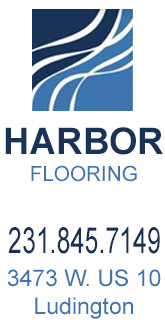







.png)





